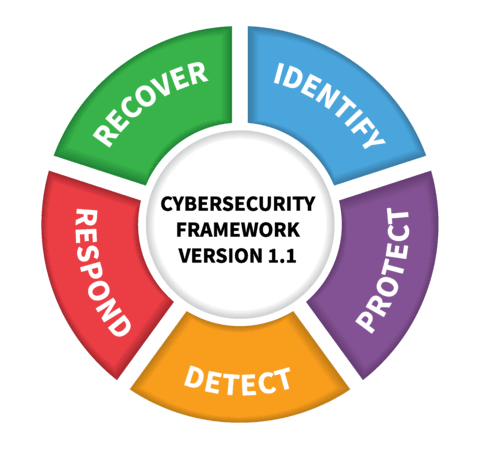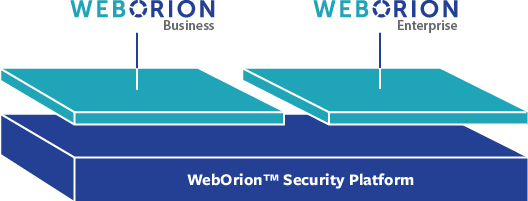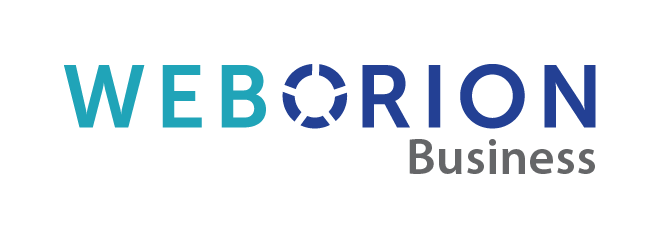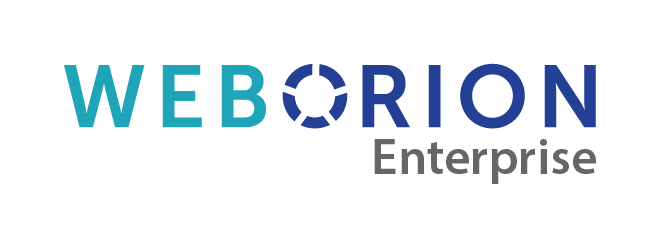- ProductsWebOrion® Product
WebOrion® Monitor
Proactively monitor your website for defacements, malicious scripts and other hacks
WebOrion® Restorer
Swiftly restore your web presence after an unfortunate hacking event
WebOrion® Protector
Protect against OWASP Top 10 threats using our Web Application Firewall (WAF)
WebOrion® Accelerator
Leverage on our global content delivery network (CDN) to instantly give your website a boost in performance
WebOrion® Product - Use Cases
Anti-defacement
Protect against and proactively monitor for web defacements
Web Threat Detection and Response
Protect, monitor and respond against threats and attacks on your critical websites
Protection Against OWASP
Ensure your critical website is protected against OWASP Top 10 Threats
Card Skimming and Payment Page Monitoring
Proactively monitor your payment page against script hijacking
PCI-DSSv4 Compliance
Comply to new PCI-DSSv4 requirements
Web Software Supply Chain
Track and inventorize your first and third party scripts
SSL Certificates and TLS Monitoring
Track changes and updates to your website certificates and encryption
DNS and WHOIS Monitoring
Track changes and updates to your website DNS and WHOIS settings
- Industries
Government
Health Care
Banking or Finance
Online Stores
Internet Service Provider
Education
Enterprises
Land Transport
Sea Ports
Airlines and Airports
- Partners
Enterprise Partner Proogram
Partner Network
Register as Partner
- Resources
- About Us

- ProductsWebOrion® Product
WebOrion® Monitor
Proactively monitor your website for defacements, malicious scripts and other hacks
WebOrion® Restorer
Swiftly restore your web presence after an unfortunate hacking event
WebOrion® Protector
Protect against OWASP Top 10 threats using our Web Application Firewall (WAF)
WebOrion® Accelerator
Leverage on our global content delivery network (CDN) to instantly give your website a boost in performance
WebOrion® Product - Use Cases
Anti-defacement
Protect against and proactively monitor for web defacements
Web Threat Detection and Response
Protect, monitor and respond against threats and attacks on your critical websites
Protection Against OWASP
Ensure your critical website is protected against OWASP Top 10 Threats
Card Skimming and Payment Page Monitoring
Proactively monitor your payment page against script hijacking
PCI-DSSv4 Compliance
Comply to new PCI-DSSv4 requirements
Web Software Supply Chain
Track and inventorize your first and third party scripts
SSL Certificates and TLS Monitoring
Track changes and updates to your website certificates and encryption
DNS and WHOIS Monitoring
Track changes and updates to your website DNS and WHOIS settings
- Industries
Government
Health Care
Banking or Finance
Online Stores
Internet Service Provider
Education
Enterprises
Land Transport
Sea Ports
Airlines and Airports
- Partners
Enterprise Partner Proogram
Partner Network
Register as Partner
- Resources
- About Us





